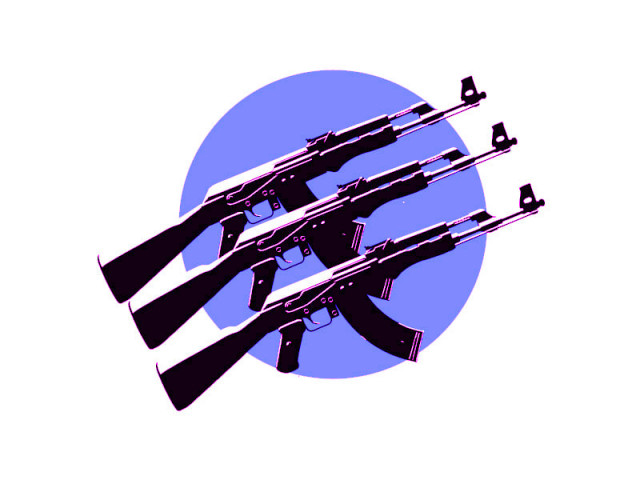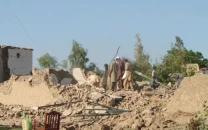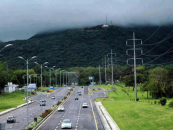‘Anti-aircraft guns in Kacha areas’ spark aviation concerns
CAA DG says pictures on social media create a serious situation

Pictures of outlaws brandishing anti-aircraft weaponry in the riverine areas of Sindh making the rounds on social media have created a serious situation for the aviation sector officials, who are moving swiftly to placate the global flyers.
Khaqan Murtaza, the director general of the Civil Aviation Authority (CAA), has said that the pictures of dacoits with anti-aircraft guns in their hands that went viral on social media had created a serious situation but stressed that the Pakistani airspace was safe.
Murtaza said that although some of those photos were many years old but the publicity of these views in the form of news stories had exacerbated the issue.
On the basis of this, he added, the European aviation regulator had issued an advisory for Pakistan.
In an advisory issued on July 28, the European Union Aviation Safety Agency (EASA) had warned airlines of “high risk” while flying at low altitudes in Karachi and Lahore due to the current security situation in Pakistan.
“The presence of violent non-state actor groups with confirmed anti-aviation weaponry, possibly MANPADS (man-portable air-defence systems),” it said, posed a “high risk to [civil aviation] operation at altitudes below flight level (FL) 260, or 26,000 feet”.
According to the CAA director general, the aviation had contacted Europe at the highest level regarding the advisory about the Pakistani airspace, as it was in stark contrast to the ground realities.
He added that he stressed that the EASA advisory had been issued in haste and that “there is no danger of any kind”.
He added that the EASA advisory could “have a negative impact on domestic aviation” sector.
The EASA advisory also referred to an earlier UK advisory, but the European regulator had been told the flights from the UK were coming to Pakistan.
According to the EASA, its advisory would remain active till January 31, 2024.



















COMMENTS
Comments are moderated and generally will be posted if they are on-topic and not abusive.
For more information, please see our Comments FAQ